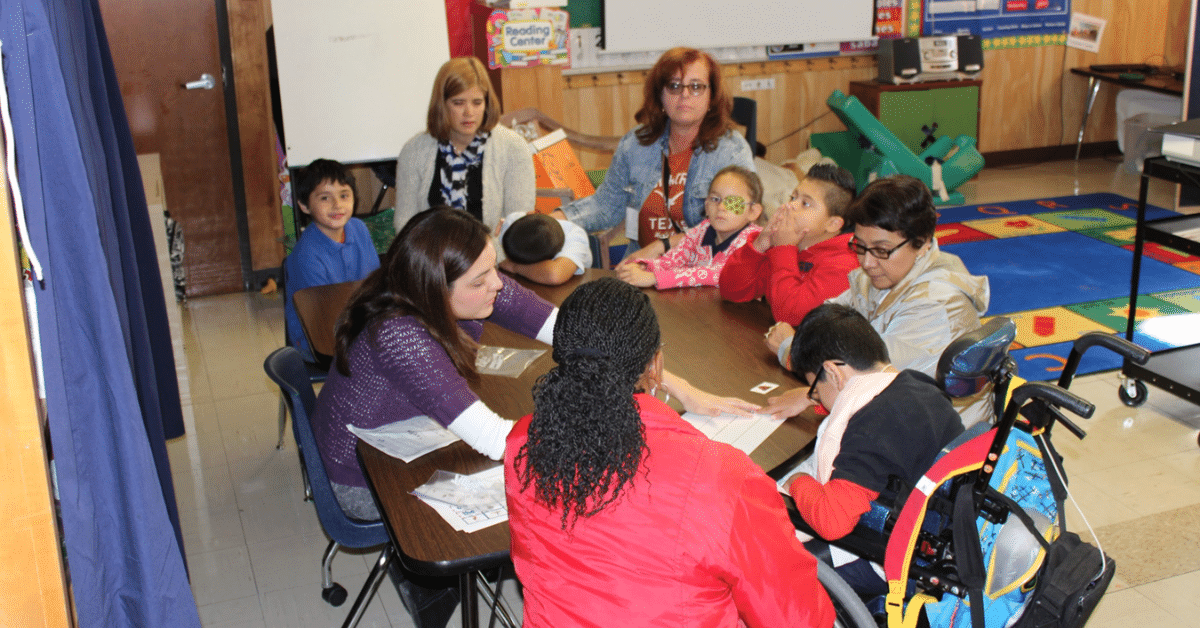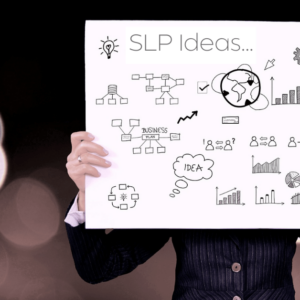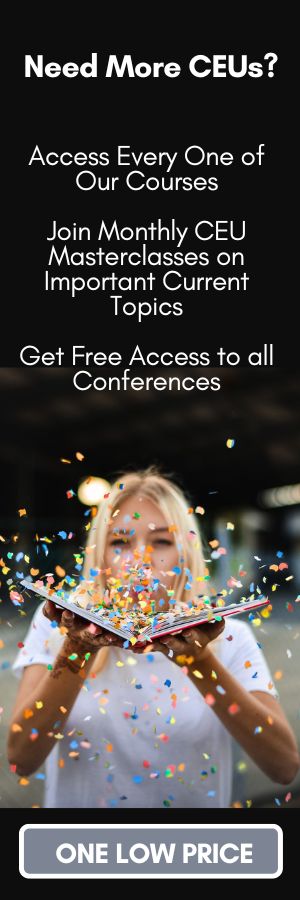Speech Therapy for the Life Skills Classroom
$0.00

Course Type: Video – 1 hour
ASHA Course Code: Diversity, Equity, and Inclusion in Education, Training, Service Delivery, Public Policy – 7030
Become a successful leader in your specialized settings and learn how to effectively make materials that you can re-employ from year to year.
Aligning speech and language goals to the curriculum and utilizing age-appropriate content can be challenging when working with children with profound disabilities and/or multiple disabilities. We will discuss the development and use of curriculum-based units for children with multiple disabilities created to bridge the gap between communication levels and academic materials.
| Population | School Age |
|---|---|
| Topics | Articulation/Phonology, Exp/Rec Language, Free Courses |
| Duration | 1 hour |
| Credit | .1 Continuing Education Unit |
| Format | Video |
Financial Disclosure: Patricia Ybarra (Villarreal) M.S., CCC-SLP was an employee of Bilinguistics. Bilinguistics receives payment for online courses.
Non-Financial Disclosure: Patricia Ybarra does not have any non-financial relationships to disclose.
Financial Disclosure: Anna Ubels, M.S., CCC-SLP was an employee of Bilinguistics. Bilinguistics receives payment for online courses.
Non-Financial Disclosure: Anna Ubels does not have any non-financial relationships to disclose.
Speech-language pathologists (SLPs) working in the school-setting have the challenging responsibility of exposing their students to age-appropriate material and content regardless of their level of functioning. These standards apply to the population in life skills classrooms. These classrooms, also referred to as Functional Life Skills, Functional Communication Class, Structured Learning Centers, or Low-Incidence Classrooms, are generally self-contained classrooms in that students are segregated from the general education population for a portion or all of their day in order to receive the support that they need to be successful in their community. We have created nine curriculum-based units that introduce age-appropriate concepts and modifications for a wide range of disabilities. We will discuss the rationale for creating these materials, describe what the materials entail, and explain ways to modify the materials for a diverse group of students.
The need to bridge the gap between communication skills and academic material for children with profound disabilities drove our goal to create effective intervention units to address the unique needs of several students in the same session. Language skills are the foundation of learning, and as speech-language pathologists, we have the opportunity to present academic material in a way that provides students with an accessible way to learn new concepts and participate to their fullest potential regardless of the severity of their impairments. Students in a life skills classroom require intervention plans that not only contain content consistent with the school-based curriculum, but that can be easily modified, both physically and linguistically. This was our goal in the development of our communication units for children with profound disabilities.
ASHA guidelines for school-based speech language pathologists state that: (a) individualized programs always relate to school work and (b) materials for treatment are taken from or are directly related to content from classes. Our nine theme-based units make it easy for SLPs and teachers to incorporate the curriculum outlined in the Texas Essential Knowledge and Skills (TEKS) and the Common Core Standards (CCS) by modifying the materials and activities for all students and levels. Each unit consists of the following basic components: An information page, two lesson plans, an articulation page, and a page with a list of suggested modifications.
The information page includes basic speech language therapy goals that may be targeted during the lessons by the SLP, as well as a list of related TEKS skills that may be targeted by the special education teacher. In directly relating speech language lesson plans to school curriculum, we have made it simple for various service models to be considered. The 60 minute lesson plans that we have created for each unit can be broken down into 15 minute increments so that interventions can be provided in pull-out or classroom-based models, or both as needed. Classroom-based approaches may enhance skill generalization through their emphasis on naturalistic routines and materials, the involvement of peers as both conversational models and partners, and the involvement of teachers who can extend language instruction throughout the day. (Wilcox, Kouri, and Caswell, 1991). Therefore, we do encourage classroom involvement whenever possible. Our presentation will include video models of how to provide different types of service delivery models within the context of a life skills classroom.
The modifications page included in each unit narrows communication abilities into the following groups: a) non-verbal b) non-verbal with intentional use of gestures c) low verbal (1-2 word utterances), and d) verbal. When working with children with language impairments, linguistic input to children who are just beginning to produce single words and simple two- and three-word combinations should be simplified (van Kleek et. al, 2010). For this reason, we have included materials that allow for speech-language pathologists to have the option to use telegraphic input. Experts say that telegraphic input can be used within a teaching program to control language complexity by putting emphasis on specific elements to be learned (e.g., lexical, semantic, or syntactic) (van Kleeck et. al 2010). In addition to linguistic modifications, the speech therapy lesson plans we have designed include a page with suggested physical modifications for students with limited mobility, visual impairments, hearing impairments and significant behavioral needs.
In following an evidence-based practice framework, our theme-based units allow clinicians to make decisions about the context in which to provide school-based language interventions as well as other aspects of intervention programming, such as goal selection and sequencing and length and intensity of therapy (Mcginty & Justice, 2006). This presentation will include videos that model ways to involve all students within large group and small group activities, and individual activities using our curriculum based speech-language therapy plans. We will discuss material modifications as well as ways to involve teachers and teacher assistants in order to collaborate and promote generalization and carryover outside of the speech-language therapy sessions.
Participants will:
Compare and Contrast different types of service delivery models including classroom-based direct, classroom-based indirect, and pull-out models.
Describe linguistic modifications to be considered for children with severe disabilities.
Describe physical modifications to be considered for children with severe disabilities.
Explain the research supporting the use of telegraphic input for some children with language impairments.
Time-Ordered Agenda
5 minutes Introduction
10 minutes Service Delivery Models for Life Skills Students
15 minutes Framework for Lesson Plans for Children with Diverse Needs
15 minutes Linguistic Modifications for Children with Severe Disabilities
5 minutes Physical Modifications for Children with Severe Disabilities
5 minutes Telegraphic Input
5 minutes Summary and Wrap-up
Need CEUs?

 Share
Share
 Tweet
Tweet
 LinkedIn
LinkedIn
 Pin
Pin
 Email
Email





